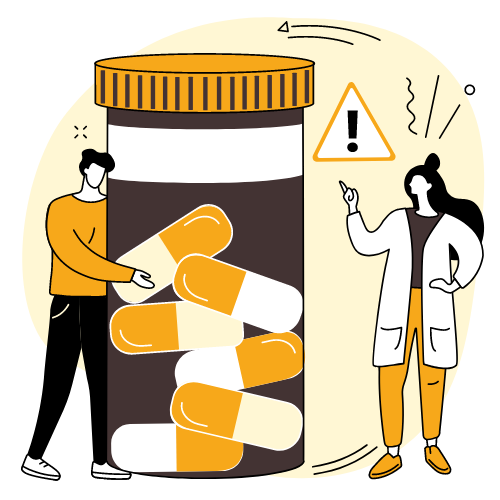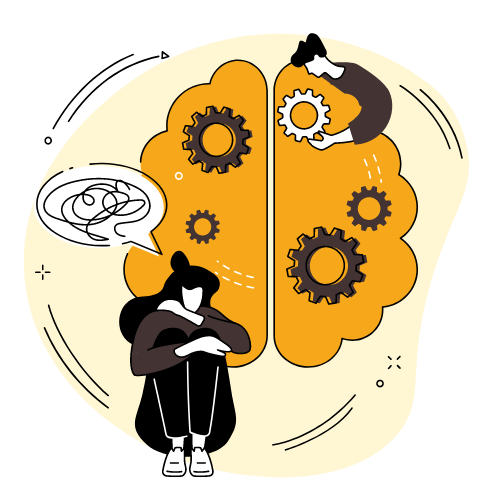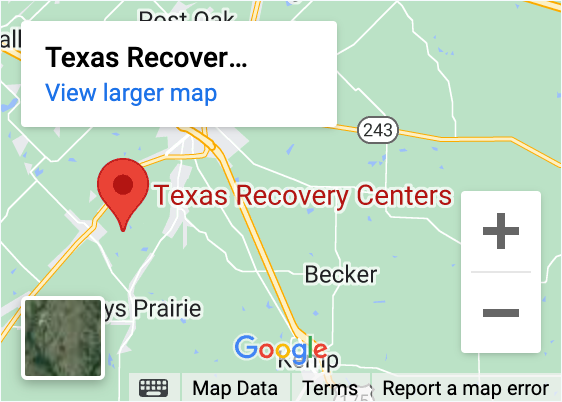What Is Fentanyl?
Fentanyl was developed in Europe by the medical community for pain management but has become so much more than its original intended purpose.
People Watching Opioid Overdoses Live On TV
From 2016 to 2020, hundreds of thousands of Americans would watch A&E’s Live PD television show Friday and Saturday nights, and suburban viewers became exposed to the darker side of illegal drug use and fentanyl addiction. Since the show was operating on just a few minutes delay, its audience was kept rapt from the comfort of their living room to video unfolding right in front of their eyes. From time to time, this involved police and other first responders arriving on the scene of a drug overdose. But they weren’t drawing their guns as weapons on these calls, they were drawing out their medic kits to get naloxone injections or sprays (NARCAN®). This life-saving reversal medication acts within seconds to minutes to revive the nearly dead from the overdose from fentanyl that caused them to hunch over their steering wheel or lay on the curb of the street. A fentanyl overdose occurs when receptors are blocked in the brain, which affects the central nervous system and slows the heart rate and breathing. The naloxone acts to reverse these effects. It can appear the person is revived and can walk around just fine, but this respite is short-lived and emergency care should be received as soon as possible. There are multiple versions of naloxone and many treatment centers, first responders, and even fentanyl users themselves have become well-aware of how to administer the drug. Oftentimes, the overdose is shrugged off by the person who is administered to as just something to get through, then back to using fentanyl. And these were streets not just in one region, but across the country as the show usually bounced to about six cities a night. Originally manufactured for legal use from a laboratory in China, this drug has crossed oceans and landed in towns big and small across America. [inline_cta_one]
Fentanyl For Pain Management
Medical doctors turn to opioids as a solution for patients to manage pain that over-the-counter analgesics (pain relievers) such as ibuprofen cannot touch. Synthetic fentanyl is a human-made opioid created in a laboratory setting. Opioids occur naturally in the poppy plant, which grows in abundance in China. The synthetic version was developed in 1960 by Dr. Paul Janssen and the Belgium-based Janssen Company for intravenous pain management. Just a few years later, the fentanyl patch became available and was typically directed to manage cancer pain. Before synthetic fentanyl, the medical community was somewhat limited in options to treat extreme and chronic pain. Morphine was slow-acting, and the quick reaction of synthetic fentanyl was welcomed by doctors around the world. When used as originally intended, in the United States you are likely to come across it in the hospital or someone’s home in the following prescribed forms:
- Extended-release pain patch
- Tablet
- Nasal spray
- Liquid injected intravenously through a shot or IV-drip
It must be prescribed by a doctor and is closely monitored, as it is classified as a Schedule II drug by the U.S. Food and Drug Administration and is 80-100 times more powerful than morphine or heroin. When someone is prescribed fentanyl, it is typically under the brand names Actiq®, Duragesic®, and Sublimaze®. It is not deemed suitable for someone with a history of opioid dependence and should be closely monitored. With repeated use or by taking longer than prescribed, a person could develop a physical dependence on or substance use disorder with fentanyl. Recreational users realized the euphoric high of the opioid and the underground market took off to meet the demand, with the manufacturing of clandestine fentanyl in Mexico. This fentanyl can take tablet form, but is typically produced in powder form and is white in color, closely resembling cocaine or heroin. As a powder form, it is then dropped onto a small blotter paper and dissolved on the tongue, or placed in nasal sprays or eye droppers. The below graphic shows some street names commonly used to refer to illegally-obtained fentanyl: 
Short-Term Effects Of Fentanyl
- Confusion
- Constipation
- Dizziness
- Drowsiness
- Excessive happiness
- Nausea and vomiting
- Sedation
- Loss of consciousness or breathing problems
Long-term use could cause heart or respiratory problems, and if needles are used, an increased risk of contracting HIV/AIDS, hepatitis, or other infectious diseases. Taking fentanyl while pregnant could lead to low birth weight, miscarriage, and neonatal abstinence syndrome.
Fentanyl Addiction Has Many Paths Of Origin
Whether accidentally becoming dependent on your doctor-prescribed medication, or taking someone’s medication for your own, there are many pathways to addiction or overdose. Even if you know you shouldn’t take heroin, you are somewhat familiar with how it affects you. But someone in Mexico decided to save some money and cut your heroin with a deadly addition. It is a dangerous game to play when seeking that euphoric high.
What Does Detox/Withdrawal From Fentanyl Feel Like?
While undoubtedly uncomfortable, a fentanyl detox is not life-threatening. Certain side effects could be, such as aspiration following nausea, which is why medically-supervised care is the safest option for fentanyl addiction treatment. Withdrawal symptoms
- Anxiety
- Cold flashes
- Diarrhea
- Goosebumps
- Insomnia
- Muscle and bone pain
- Muscle tremors
- Nausea and vomiting
- Restlessness
- Runny nose
- Sweating
- Teary eyes
We provide medically-supervised detox treatment in Scurry, geared to make detox as comfortable as possible for you or your loved one. We offer a full continuum of care and a planned approach to relapse prevention and patient resilience. Texas Recovery Center believes recovery is tough, and so are you. Call us at 877-318-2084. [inline_cta_three]
Frequently Asked Questions
What Is Fentanyl Used For? Fentanyl was developed as a pain analgesic and is commonly used for treating pain from cancer and more increasingly restricted but still prescribed for pain relief following surgery. How Long Does Fentanyl Stay In Your System? As a pain reliever, fentanyl is typically administered every 12 hours as a patch. One dose of an ACTIQ lozenge is 200 mcg. Up to two doses can be taken but then no dosing for four hours. It can be detected in a blood test within hours and up to two days, in urine for up to three days, and in hair samples for several months. What Color Is Fentanyl? Fentanyl is a clear liquid or gel, a white tablet, milky-colored lozenge, or lollipop in its prescription forms. When produced for street use, it can be a tablet but is often a white powder dropped onto a blotter paper to be dissolved on someone’s tongue.












